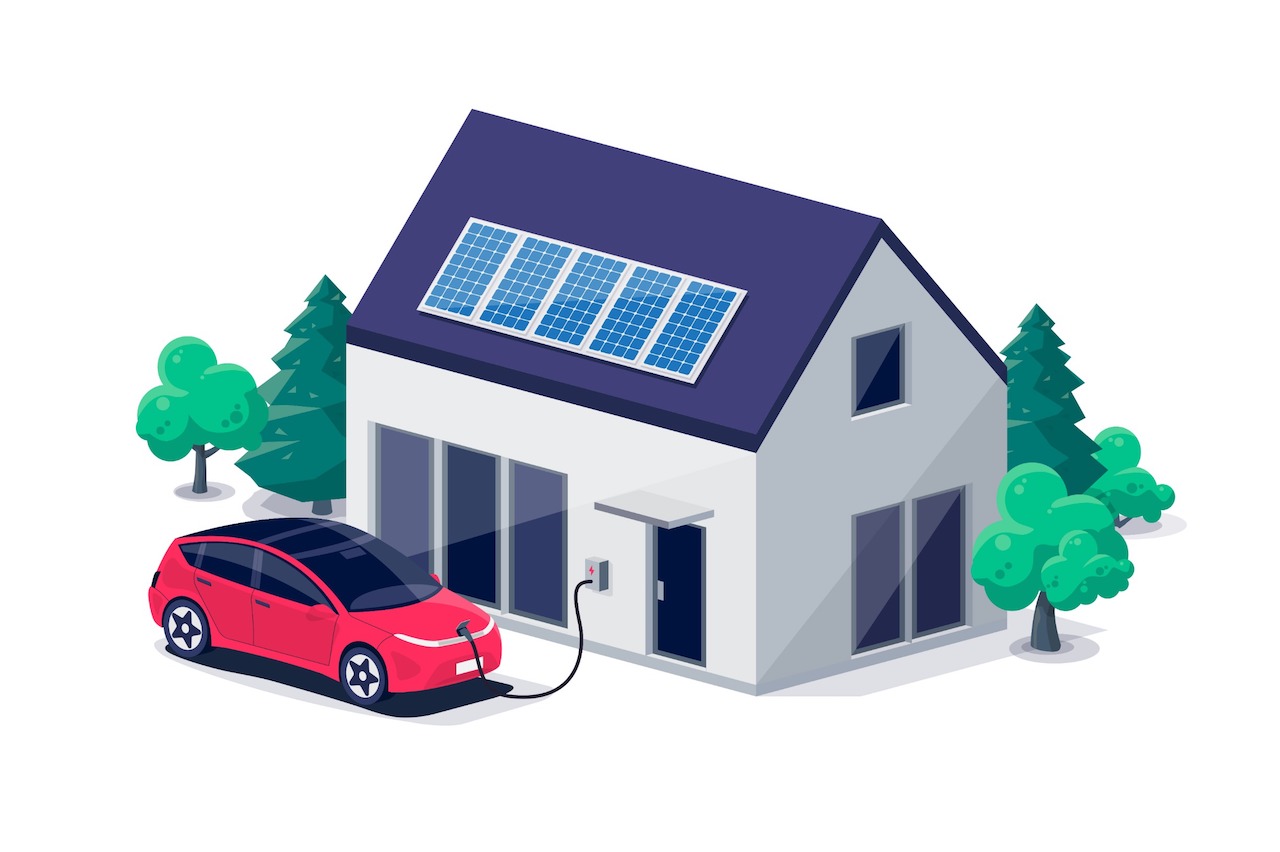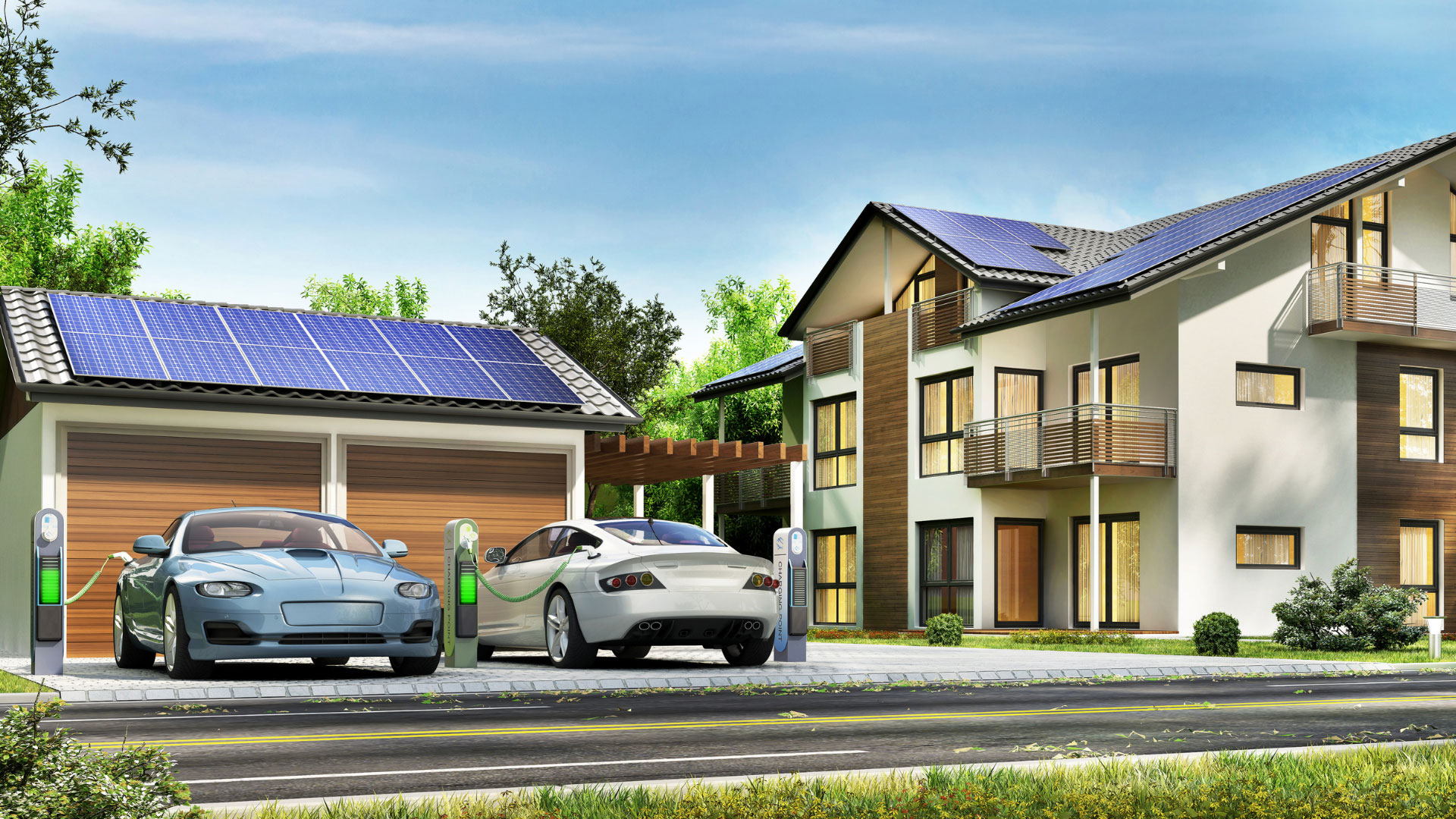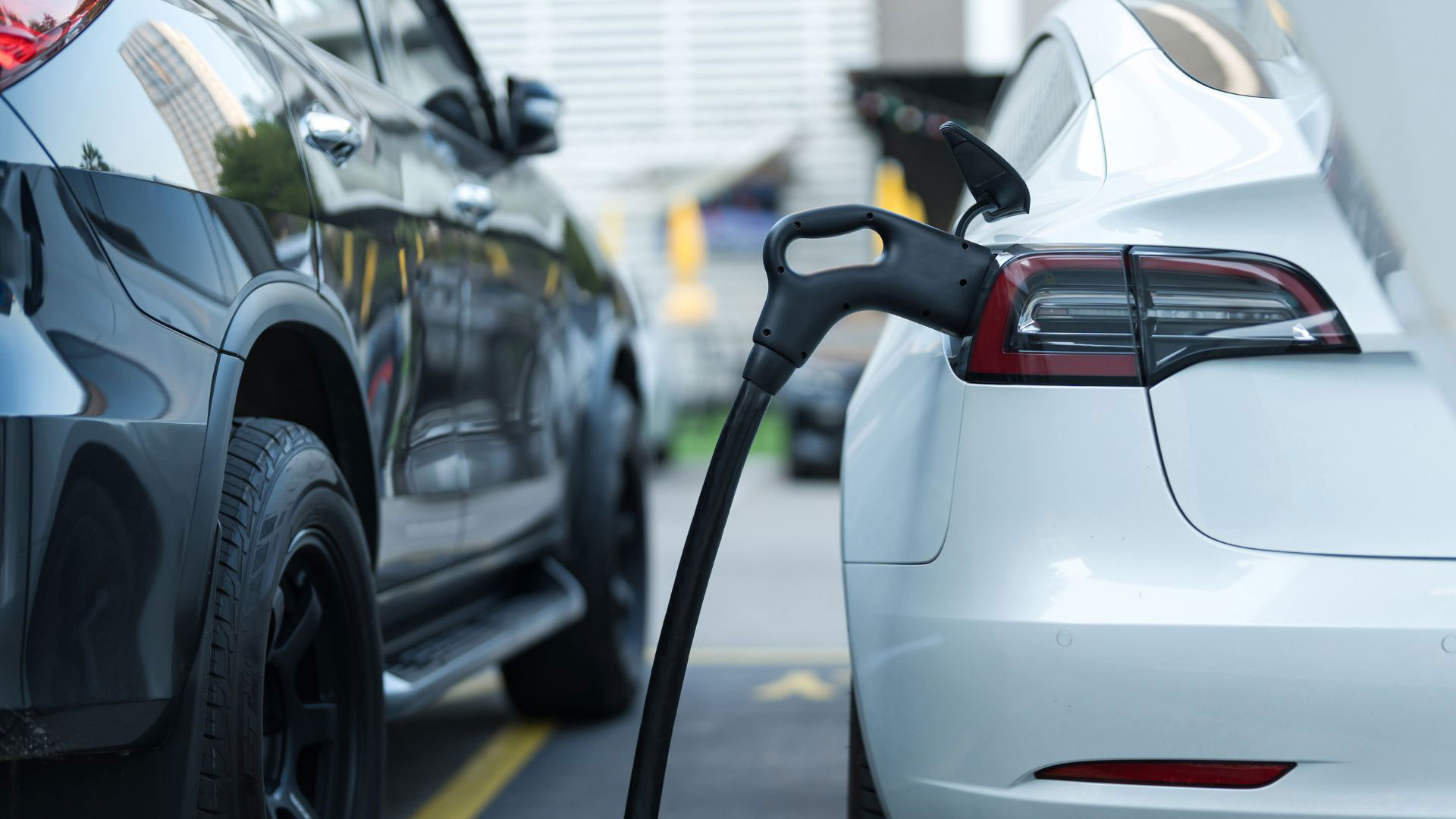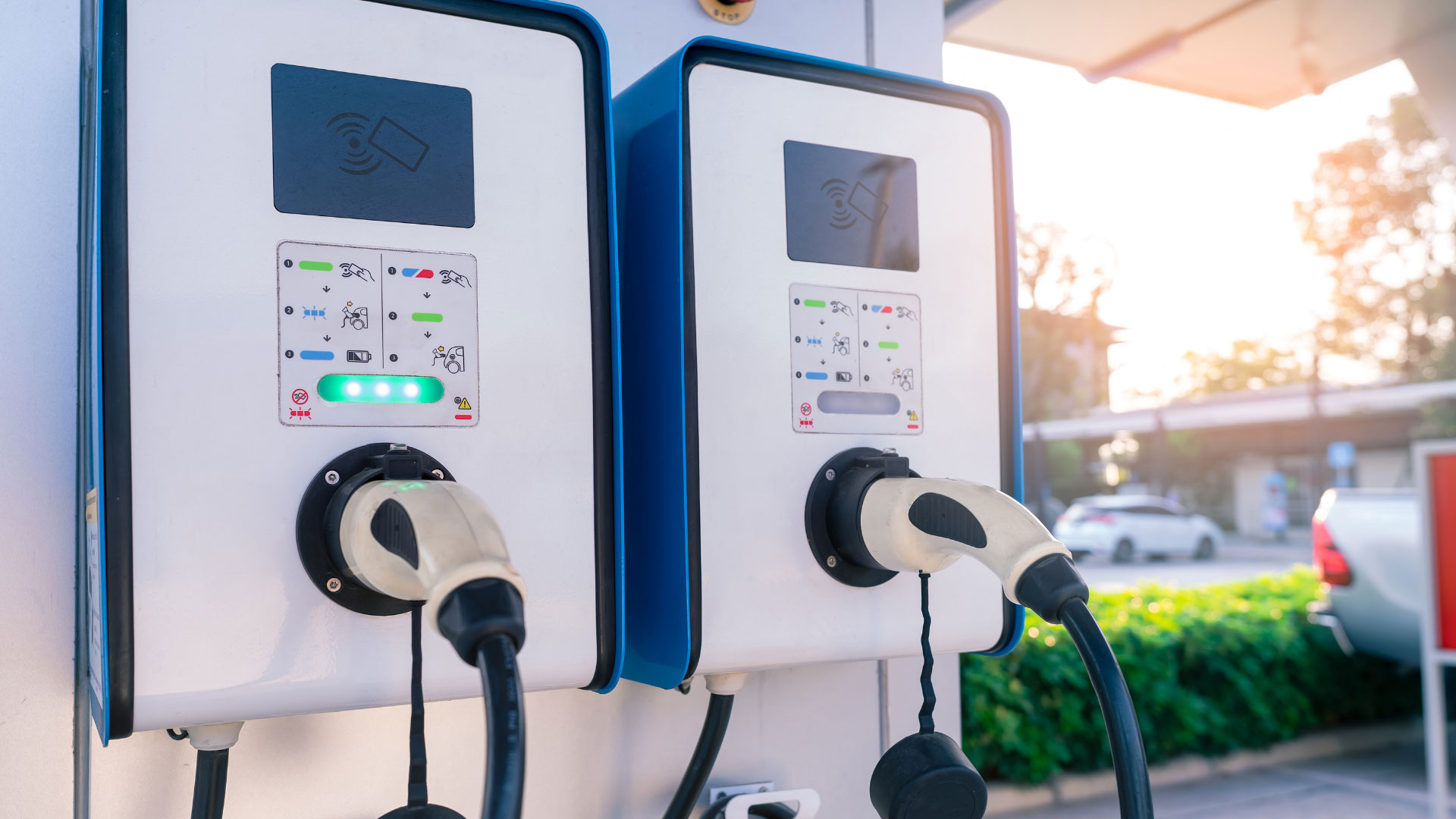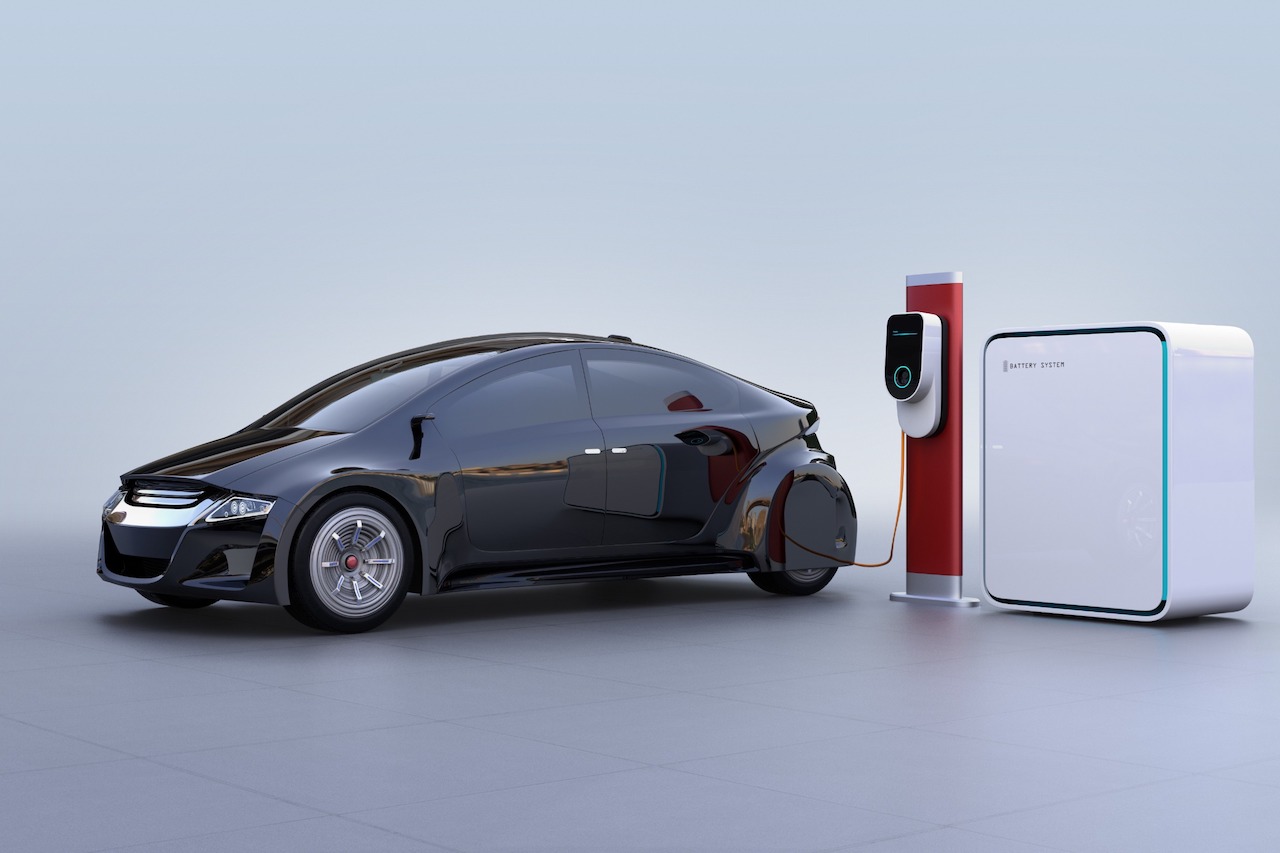Electric vehicles (EVs) are becoming more popular as more people embrace sustainability and environmental preservation. Electric vehicle sales spiked to an all-time high of 6.6 million vehicles in 2021, over a 100% increase from the previous year’s sales. Additionally, in the same year, 10% of all vehicles in the world were electric vehicles. The figure is set to increase to 13% by 2023.
The increase in demand for EVs has made it easier for owners to access vehicle hardware like home charging stations. Also, home charging stations allow EV owners to enjoy significant cost-saving benefits.
In this post, we’ll explain how to use and charge an electric vehicle at home.
How to Charge an EV at Home
Imagine having an unlimited supply of fuel at home. This is a reality for those who own electric vehicles. Studies show that most electric vehicle owners charge their cars at home due to the convenience and cost-saving benefits. EV owners have two home-charging options: the slow charger that comes with the car or the wall box on the side of your house or garage.
To home-charge your EV, you should:
- Locate your vehicle’s charging port and open it
- Plug your charging cable into your wall outlet and then into your EV
- Start charging your vehicle. If you have an app for your home charger, you may set the charging duration. Otherwise, it’s still okay if the battery charges overnight or for the same number of hours
- When you’re finished, unplug your charging cable from the car and the wall outlet and store it safely
What You Need to Charge an Electric Vehicle at Home
Besides increasing your solar PV array size to accommodate the requirements of an electric vehicle, you also need the following:
- Battery Storage – Battery storage is required to ensure energy security throughout the year.
- A Charging Station – Having level 2 chargers in your garage or driveway allows you to fully charge your EVs at a lower cost.
How Does Solar EV Charging Work?
Your home EV charging station receives electric energy from the solar panel or your battery storage through a charging port.
5–12 solar panels are enough to sufficiently power EVs of varying battery ranges and capacities. Any standard 120-volt outlet can add a few more miles to your electric car, and it only takes 8–16 hours to charge fully.
However, a level 2 EV charger can add up to 20–30 miles, and it takes 6–8 hours to charge fully. If your car is a plug-in hybrid electric vehicle, it only takes 1 hour to charge fully.
The Cost of Charging an Electric Vehicle at Home
Charging an EV is arguably much cheaper than buying gas, regardless of the electricity market. Currently, power from the grid averages $0.13 per kilowatt-hour (kWh). Every kWh will give your vehicle a 3–4-mile range. A 40-mile daily range will spend 12 kWh, averaging a $1.56 daily cost.
As prices rise across all markets, the price of electricity may rise by 2% to 3% annually, ending at around $0.17/kWh in the next 20–25 years.
However, with solar panels, you’ll maintain a fixed average of $0.11 per kWh over the next 25 years, which is their shelf-life. No matter how you look at it, using solar panels will save you a lot of money.
Charging Your Electric Vehicle Efficiently
Using solar panels to power your home charging station helps unlock further cost savings and contributes to environmental sustainability.
Solar optimum has vast experience at both residential and commercial levels and have received numerous awards for our work. Our engineers are ready to consult and customize panels to fit your home design needs. Contact us for more information on how to charge your electric vehicle using solar.

